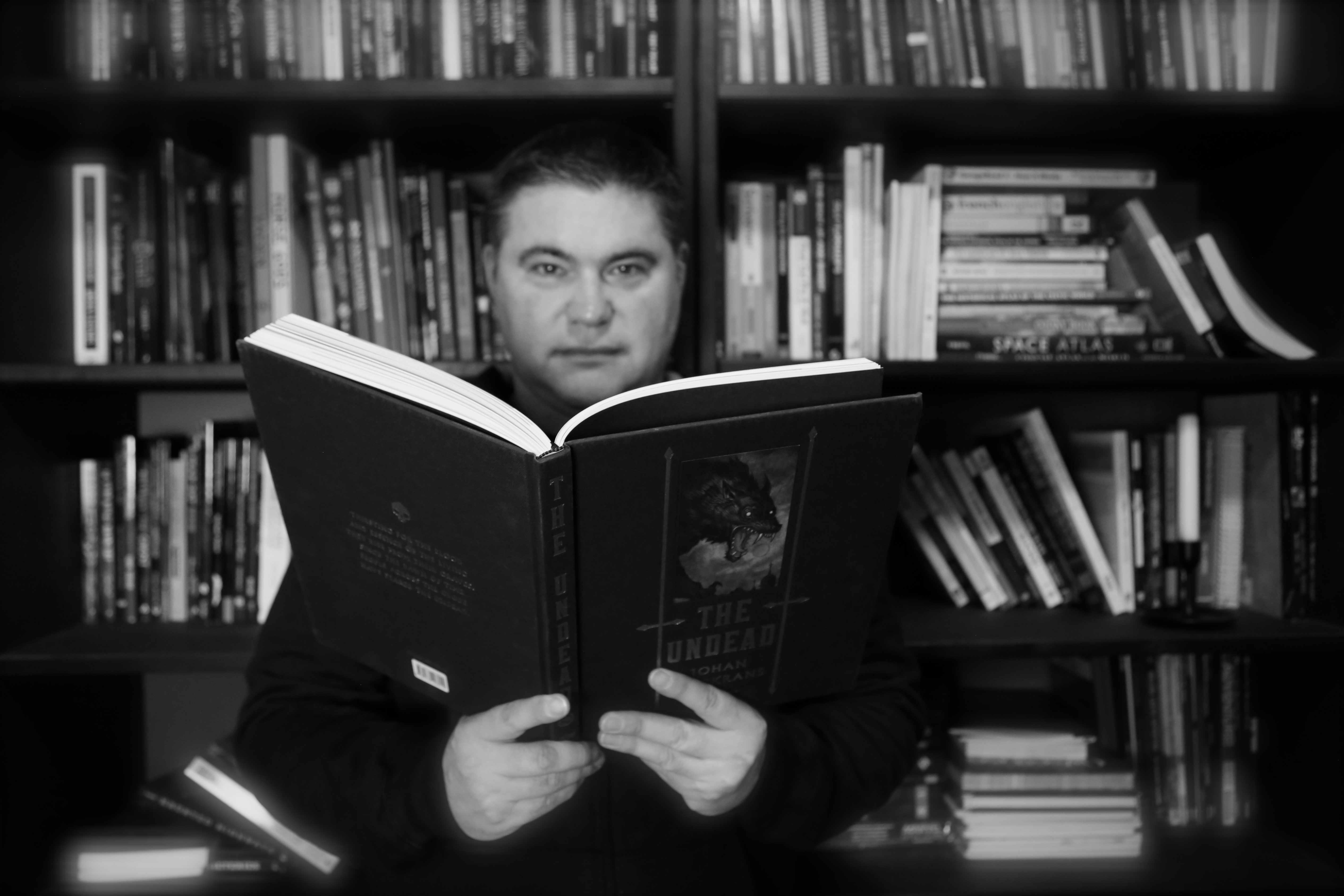
How To Get The Best Evidence From Your EVP Sessions
There are 2 approaches for EVP collection. Get the scoop on exploratory methods, confirmation EVP methods, room set-up, and live listening after the jump.
2 Methods To Collect EVPs
There are two different ways to collect EVPs, each explained below. To be straight with you, it’s your intent that classifies them. Do you want to see if a place is haunted (exploratory)? Do you want to say you identified the ghost (confirmation)?
I’ll put links in the sections, so you can jump around to learn more about EVPs.
Exploratory EVP Collection
Exploratory EVP collection is open-ended. That means you don’t come with any ideas about the possible ghost and the suspected haunt hasn’t had many investigations. I usually see legend trippers use this method most often.
As for evidence collection, many investigators have a list of open-ended questions they ask. After your ghost hunt, you can go back to your lab and analyze the recordings. If you get any evidence, then you can plan for your next session, which is for confirmation. I’d also recommend that you dig through the town archives and property records. This will help you write questions for the next method, confirmation.
Confirmation EVP Collection
Confirmation EVP collection uses close-ended questions to identify the ghost. These questions come from research and clues about the haunt and ghost. This is when you ask the ghost’s name, age, occupation, how it died, etc. I also mix in questions about the haunt’s past, like crimes at the site.
All of these questions should help you name the spirit or give a good reason for why you think the place is haunted.
If you did your research, it should match the response you gather. Now, you may have to investigate the location many times to answer your questions.
And to set your expectations, if a ghost says “My name is John Smith. I died in 1930. Bill Jones shot me. I’m here for revenge,” you’ve got a hoaxer.
EVP Room Set-up
Now, let’s talk about the set-up for your EVP session. It’s a big freaking deal, so pay attention.
Ideally, you want to have multiple audio recorders in the room and outside the room. You also want to have a video recorder in place. This is because other activity can happen during an EVP session. If you get visual evidence at the same time as audio evidence, it will strengthen your case for a haunting.
In the room, you’ll put the video camera and one audio recorder in opposite sides of the wall. Across the room, you’ll have the investigator asking questions with their own audio recorder. Ideally, the investigator will use live listening (see below) to note any EVPs that happen.
If the room opens into a hallway, then place another investigator just outside the door. They will help confirm natural causes for EVP, like someone walking around inside the haunt.
To plus up the investigation’s rigor, put a camcorder and audio recorder outside the building. You’d put it on the outdoor wall and the window of the room where you conduct EVP. This will also help to register natural causes for EVP.
I know this can be difficult because most teams don’t have the resources for multiple camcorders and audio recorders. If anything, have another investigator outside the room to listen for natural causes.
Note: All credit for this approach goes to Ben Radford and his book, Investigating Ghosts. He has a chapter on collecting better evidence on your ghost hunts. I’ve adopted his approach to collecting EVPs.
Live Listening During A Ghost Hunt
This has become a requirement on my ghost hunts. I plug my headphones into the audio recorder, and listen for responses in real-time.
I think it’s the best way to decide if an EVP is worth publishing. If you hear a voice, that’s not close to yours or your team, AND it answers your questions, it may be worthwhile for public presentation. Live listening also helps discover natural causes faster. That’s because you look for the source as you ask questions.
This could mean you ask the other investigator if they heard the voice. The team member could tell you it came from someone outside, down the hall, or another mundane reason.
If the EVP holds up, then you probably found some credible evidence.
Debunking EVPs
But…most EVPs are garbage.
That’s right. In many cases, you don’t get a clear, articulate voice responding directly to your question. It’s just some random syllables and you guess at the meaning.
Don’t do that.
A high quality EVP doesn’t need to be altered through Audacity or Garage Band (other than some noise reduction). You shouldn’t have to strain to understand it, either.
Only publish EVPs if they are clear, easy-to-understand, and answer your questions.
